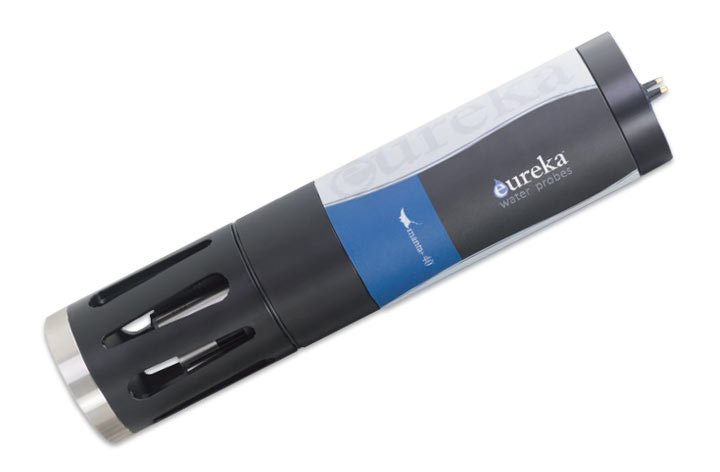PAR Light Sensors (Photosynthetic Active Radiation)
Photosynthetic Active Radiation (PAR) is a portion of solar radiation that falls between 400 and 700 nanometers and is used by organisms for photosynthesis. Plants use PAR as an energy source to convert CO2 and water through photosynthesis. PAR changes seasonally and varies depending on the latitude and time of day. It is at its highest during summer at midday and is reduced by clouds cover, shading by trees and buildings. Solar radiation in the water column is of interest for primary productivity studies and on land for calculation of evapotranspiration rates.
PAR measurements are important because the rate of photosynthesis directly relates to the penetration of light throughout the water column. High levels of PAR can be an indication of limited photosynthesis in shallow waters. However PAR levels are varied due to the natural attenuation by water and the presence of absorbing algal pigments. Monitoring PAR is therefore important to ensure plants are receiving adequate light for this process.








